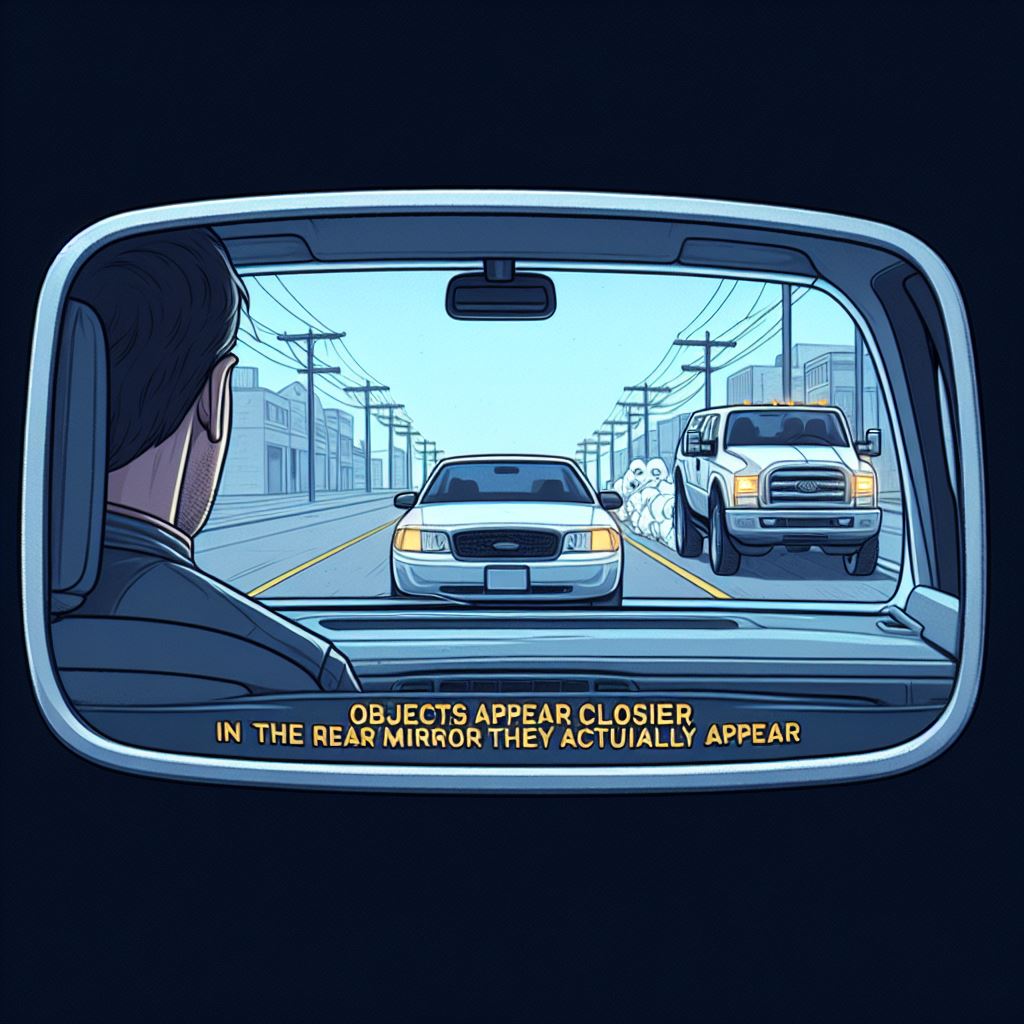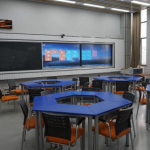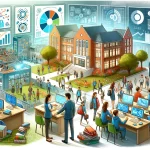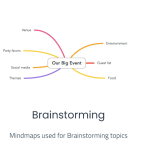Explore, Learn, Achieve: Your Physics Journey Starts Here
Have you ever been on a train and watched the world fly by? Were you zooming past the other train on the opposite track, or were you calmly gliding alongside it? Motion can be relative, just like beauty is in the eye of the beholder. Today, we’ll explore this fascinating concept through a thought experiment and then use it to crack the code behind a cool physics simulation, all thanks to the power of virtual labs!
The Dance of Relative Motion:
Imagine yourself driving down a straight road. Now, picture another car on the same road:
Same direction, faster: This is a classic case of passing someone on the highway. You see the car getting bigger and bigger in your rearview mirror. This rapid growth in size tells your brain that the other car is closing the distance quickly, meaning it’s moving faster than you are.
Same direction, slower: Ever get stuck behind a slowpoke on a single-lane road? The car in front of you shrinks in your view, slowly falling behind. This decrease in size tells your brain that you’re gaining ground on the other car, indicating it’s moving slower than you are.

Opposite direction: Picture yourself at a red light when a car zooms by in the opposite lane. The car appears to grow rapidly in size as it approaches you, filling your field of vision. Then, just as quickly, it shrinks back down as it speeds away. This dramatic change in size is due to the combined effects of your own motion (stopped at the light) and the car’s motion (moving in the opposite direction).
Moving perpendicularly: Imagine you’re driving down a straight road and a car pulls out of a side street to your left. The car seems to slide sideways relative to you, maintaining a constant distance between you. In this scenario, you’re both moving forward, but your paths are perpendicular. This creates the illusion of the car simply sliding across your view.
- Moving parallel: Ever cruise alongside another car on a highway for a while? The car stays put in your peripheral vision, maintaining the same position relative to you. This is because you’re both moving at the same speed in the same direction. There’s no change in distance or direction between the two cars, so from your perspective, the other car appears to be standing still.
The Frame of Reference:
Now, imagine yourself standing perfectly still on a giant turntable. This turntable is your frame of reference. Everything you see and experience is based on your position on this turntable. If a friend walks across the turntable relative to you, you’ll see them move. However, if the turntable itself starts spinning while your friend stands still, you’ll perceive them moving even though they haven’t budged relative to the turntable! This highlights how our frame of reference can drastically alter our perception of motion.
Circles Become Lines: The oPhysics Simulation
Let’s delve into the world of simulations in my website where physics becomes interactive! Imagine a small circle rolling inside a bigger circle. A dot on the smaller circle traces a path along the diameter of the bigger circle. Here’s the mind-bender: for someone standing on the edge of the bigger circle, the dot appears to move back and forth in a straight line – a classic example of oscillatory motion. A clip of the situation is shown below in the video
But here’s the secret: from the dot’s perspective (if it could see!), it’s actually traveling in a perfect circle around the center of the small circle! Our frame of reference on the big circle makes the circular motion appear linear. Virtual labs like this one allow us to visualize and explore these concepts in a way that textbooks simply can’t.
Perception Shapes Our World:
This concept extends far beyond physics. Just like the motion of the dot, our perception of others and the world is shaped by our own experiences and perspectives. Someone might seem angry to you, while they might just be having a bad day. Understanding relative motion and frames of reference can help us see the world through different lenses and foster empathy.
So next time you see someone moving in a seemingly straight line, remember, that their journey might be a whole lot more complex than it appears! Virtual labs offer a fantastic way to explore these mind-bending concepts in a fun and interactive way.








